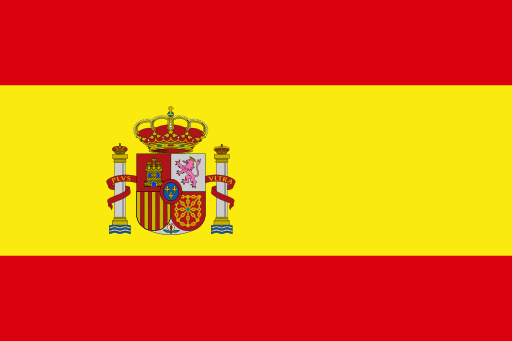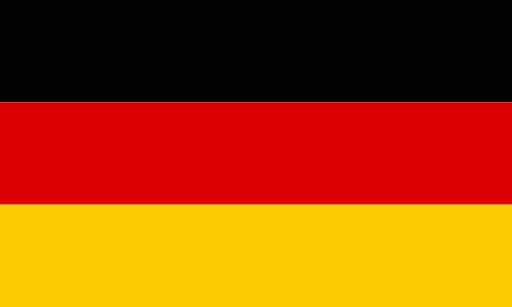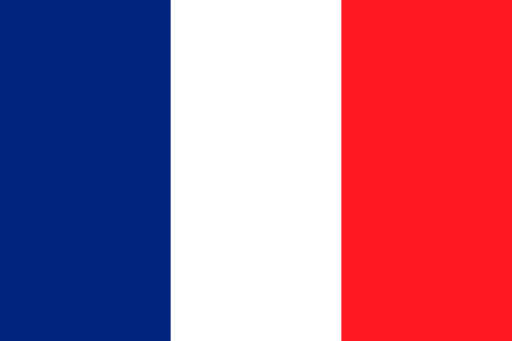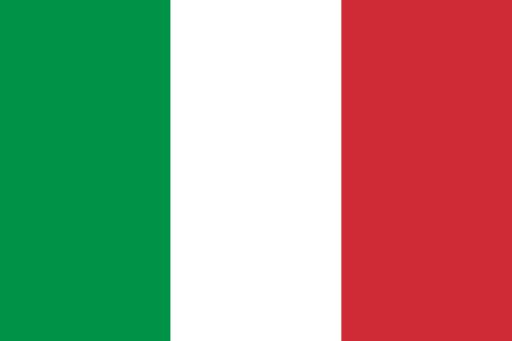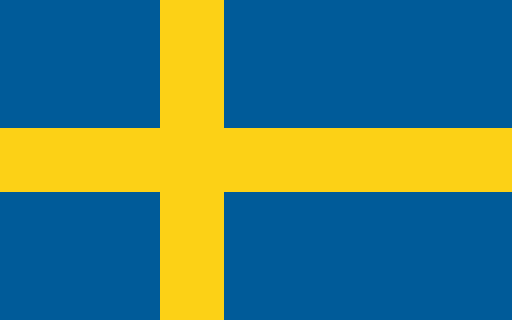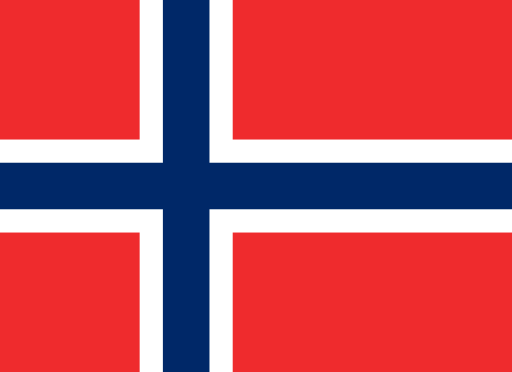|
|
 |
Articles
|
|
Astrology with Tarot
|
|
|
Ernst Ott
http://www.new-dating.com/search.php
|
Stars and Cards
Astrology and Tarot are popular parlour games. All lovers are happy when their "star signs" make a good match or when they draw card "No. 6 - The Lovers" in a Tarot session. No further knowledge is required to make such a pleasant experience, just as they do not need any theoretical understanding of how to fall in love.
Those who are more interested, however, will realise that astrology does not divide life into good and bad, but that it is a much more complex system. They will also realise that there is more to the Tarot than first meets the eye. What do these two oracle techniques have in common then? Both work with symbols, and these symbols bring up new questions. They need to be interpreted.
The abstract signs in the chart are translated into images and figures. The names of the individual symbols, like Aquarius, Mars or Venus, show the archetypal dimension which represents our inner images. The heavenly rhythms are just an analogy, while the real content of astrology is the human psyche, including the Unconscious. And the Unconscious uses figurative language.
Order at:
www.astronova.com
The use of figurative language is common to Astrology and the Tarot. The excellent creation of the Tarot cards does not give us abstract symbols that need to be translated into pictures before they mean anything -it gives us complete images of our inner life. In this respect, the Tarot is a great complement to astrology. The Tarot is also about symbols. And, just like in astrology, they need to be interpreted. Of course, the client who draws the "Devil" will not meet the devil with his cloven hoof in real life. It is not about the image itself but about a similar figure in the client's psyche.
Both systems complement each other ideally in practical work. Some Tarot cards appear to be representing certain astrological symbols directly, and yet, they are not completely identical. The similarity between the astrological symbol and the Tarot image is big enough to see their relation, but on the other hand, there are also differences which can give us new impulses.
Two practical examples
One of my clients, a 35-year-old woman, had a strong Saturn theme which was reflected in her birth chart, and which became especially important by transit during the time of the consultation. She was very stressed with her everyday life and with her children, whom she raises as a single mother. The session brought up the necessity to concsiously develop the qualities of her natal Saturn, and at the end, she came out with the motto: "Work effeciently, take responsibility, learn to show your personal boundaries and accept your limitations!" At the end of the session, she said: "I wish I could be more mature and relaxed so that I can deal with one thing at a time, step by step." A nice statement, very Saturnian.
She complemented this wish by drawing the Tarot card "The Hermit". This card has indeed a great similarity with Saturn, because a wise, old hermit goes his own way. This perfectly confirmed the interpretation we had found, and at the same time, it added a new dimension to it, because the woman said: "The hermit walks on his own path, all by himself and without any luggage - how much I envy him!" In our subsequent discussion, she realised that she was carrying too much luggage, some of which didn't even belong to her. Now, she heard the hermit say: "The only responsibility you need to carry is your own, go your own way and don't lose yourself in little everyday matters!" This interpretation was an important complement which could have been seen in the astrological reading as well, but which was expressed directly and explicitly by the Tarot image. It was immediately accessable and understandable to my client. As a counselling astrologer, I was pleased to see my client develop her own interpretation, which would be impossible in astrology without any special knowledge.
Sometimes the complementing Tarot card does not seem to fit the horoscope interpretation at first sight. But with a bit of time and further thinking, it can often represent an additional, balancing piece of advice. With a different client, I had discussed Pluto topics and their psychological meaning with such intensity that towards the end of the session, the air was still filled with these very intense vibrations. The client had worked hard and intensively on herself. But the Tarot replied by complementing the Three of Cups, a card that shows three dancing and celebrating women.
The image radiates such a joyful lightness that the woman almost felt offended at first, as if the Tarot did not take her passionate efforts seriously. But soon we found out that it was just this lightness that she needed in order to balance the previous findings. She decided to contact two friends of whom she knew that they were not burdened by any psychological complexes at the moment, and who wanted to have fun and enjoy themselves. Every thing has its time! The Tarot complemented and balanced in this case a good but somewhat one-sided horoscope reading.
The symbolic language of two oracle techniques
The knowledge about astrological symbolism in the Tarot is a pre-requisite for a good combination of the two oracles. It is also helpful to know something about the history and symbolism of the Tarot.
Astrology and the Tarot work with open images and symbols. Both arts require responsibility and skill on the part of the counsellor to be able to recognise certain chances and challenges. The great benefit of the Tarot, however, is its immediate understanding. If we include the imagination of the client, he or she takes part in the interpretation. This procedure democratises the process of self-development. The clients are less dependent on specialist knowledge by the authority. And the astrologer feels less pressure to offer the "correct interpretation" on all occasions, if the Tarot cards are included. The session becomes richer and more profound by introducing this creative element, because pictures speak directly to the soul.
Dream images can have a similar positive effect. If you have experiences how much more profound an astrological session can become, when a client talks about a dream, you will know how strongly and deeply archetypal images work. If the client does not introduce a dream, we have one at hand: The Tarot contains nothing less than the collected archetypal dreams of human kind. The 78 Tarot cards summarise the dream patterns of all humans. Even before the Tarot work starts, we know these 78 scenes, because we dream of these ancient figures all the time, even if sometimes in different costumes. The Tarot cards are direct, relentless, magical and comforting, like our dreams, like our inner life.
Similarities and differences
ASTROLOGY TAROT
Uses ambiguous symbols Uses ambiguous symbols
Refers to the rhythms of nature at the time of birth (horoscope chart)
Is read from 78 archetypal images (Tarot cards)
Individual parts of astrology are known since ancient times. Individual images and motives are known since ancient times.
Its modern structure has existed since the first millennium before Christ. Its modern form has been developed since the Rennaissance.
Translation ("interpretation") of the symbols is necessary. Translation ("interpretation") of the symbols is necessary.
This requires specialist knowledge. This is partly possible without any specialist knowledge (spontaneous interpretation of the images).
The symbols do not judge. Each of them contains 50% chances and 50% challenges. At first sight, there are "good", "bad" and neutral cards. But each of them contains the possibility of its opposite.
Abstract but differentiated system. Immediately comprehensible pictures
Scientific approach possible free, creative system
Empirical material stems from a long and systematic tradition of interpreting astrological symbols. Written sources for interpretation have only been available for about 100 years.
Astrology is a time-based system. Constellations can be exactly assigned to a certain period of time. Timeless system of images. Past, present and future have to be differentiated through certain questions and spreads.
Relationships between planets and cards
Which Tarot card corresponds to which planet or zodiac sign? Different astrologers and Tarot players have their individual assignments, but unfortunately, they are all different! There is not a single Tarot card which is assigned to the same astrological symbol. Therefore, I have decided to assign several images to each astrological image which illustrate different facets of this symbol.
There are 22 so-called trump cards, the major Arcana. This fact seduced some astrologers to the following considerations: there are ten known planets and twelve zodiac signs, this results in 22 symbols, and therefore, each card should be assigned to exactly one planet or sign. But it soon turned out that the two systems cannot be translated one-to-one. This is not surprising, considering the different origins of the two oracles: astrology is based on natural cycles, whereas hand-drawn images by people make up the Tarot symbols.
Those who insist on assigning one particular card to a particular planet or sign, should also be able to explain how to deal with planets which may still be discovered, because we can't just invent a few new cards. They would further have to explain why this system should be so convincing, despite the fact that at the time of the creation of the Tarot and during the first three centuries of its existence only seven planets were known, and astrology therefore only knew 19 symbols. So, the assignment does not seem to be as simple as that. What a shame! Our structuring mind would have liked to have auch a baffling logical unambiguousness!
The Hermit - more than Saturn
It is just this fuzziness which is very useful in the counselling practice. Let us return to the example in the first chapter. Saturn is represented in the Tarot by the Hermit - but not a hundred percent. This figure shows typical Saturnian characteristics, e.g. the measured pace, the archetypal image of the old sage, the protective cloak, and much more. But maybe, one day, we see that he follows his path all by himself, lonely like a mystic - then we have discovered the Neptunian streak in this hermit. Or we notice his lamp with the flame, maybe his strong staff - then we perceive the fiery side of his nature. Like almost all images, the Hermit is an ambiguous symbol that contains different astrological functions which together become a whole.
So, if our client perceives the mystic isolation of the Hermit, this is meaningful to the individual. We can almost always see that the two archetypes are connected with each other in the personal birth chart. There may be an aspect between Saturn and Neptune or Saturn is in Pisces or the twelfth house. If we look at the card in this way, we do not just perceive the general image of Saturn, but the individual colouring which it took on for a particular person at a particular time. The subjective statement of the client "The Hermit is so cruelly isolated!"also helps us to work on constructive perspectives. We could ask questions like: "What exactly is cruel about his loneliness? Which strengths could lie in the isolation? Could you imagine some kind of satisfactory loneliness?" etc.
Ambiguous relationships
Not only the symbols themselves and the relationship between the cards and planets are ambiguous: the main ambiguity is in our perception of the world. It is amazing how different people can see different things in one and the same Tarot image. This is a crucial point, as we know that different viewpoints can lead to different scopes of action. And indeed, we can choose the way in which we want to translate a certain symbol into a real life experience. We can turn Saturn into suffering or enjoyment, defeat or success. Astrology and Tarot are two different methods which both want the same: that we rethink our lives. They help us to reinterpret, redesign, twist and turn something we perceive as negative until it has changed its face. Something might enter our lives as problem, but gradually it turns into a pool of insight, a cause for liberation and for accepting our personal responsibility for our so-called fate.
I don't consider astrology and Tarot primarily as methods of describing current states, but rather as instruments for change, for metamorphosis. They can help us to recognise the meaning in our suffering, the challenge in a problem, the message in our happiness. If we knew a technique which provided clear-cut and unambiguous truths, which could distinguish neatly and logically between light and darkness, this technique would be useless for self-recognition and self-liberation.
On the contrary, we can make good use of the ambiguity of the two symbolic systems. This, however, requires that we don't act as omniscient Tarot experts, but that we ask our clients about their impressions and that we let them take part in the interpretation.
Masculine and feminine symbols
Finally, a short note concerning the distribution of masculine and feminine symbols. Basically, a male figure in the two systems represents a masculine principle in our own inner psyche, no matter if the person is male or female. The same is true for feminine symbols or planets. Only in second place would we interpret a female figure - as a projection - as a clue that the client is asked to confront or deal with a female person in their environment.
We are all made up of a mixture of masculine and feminine principles. But still, we first think of a man when we see the image of a warrior or a king. Therefore, the counsellor should always mention that there is a complementary perspective to it each card (i.e. the masculine side in a woman's psyche, etc.).
The Tarot is one of the rare occidental systems without the usual patriarchal dominance of men. Even such a perfect system as astrology has more male than female planetary gods. For example, Poseidon-Neptune is a male god, even though the astrological Neptune certainly represents a feminine principle. The 22 Tarot cards, on the other hand, contain about as many female as male figures. The many powerful women on the cards where one of the main reasons why the Tarot always had to remain underground, because the male priests, censors, scientists and secret agents always suspected that Tarot players could challenge the traditional authorities. This suspicion was certainly not without reason.
Another reason for the mistrust of those in power was the fact that even simple people were able to understand the Tarot, since it was made up of images rather than written information, nor did it require complex calculations. Let us remember that general schooling has only been properly introduced in Europe for less than 200 years. Before that time, schooling and education were only accessible to a small male elite. Education often makes people want to free themselves and utter their opinions. From this point of view, education through pictures is especially powerful, because it represents a wholistic image of man.
On the background of this democratic and women-friendly tradition of the Tarot, it is sad that even in the 20th century, the two most famous Tarot sets are not named after their women painters, but after the men who had the idea and commissioned them. Rider and Waite didn't draw one line of "their" cards - it was Pamela Coman Smith who painted them. And how ever much inspiration Master Crowley may have contributed, the "Crowley-Tarot" was actually painted by Frieda Harris. Just to illustrate how unjust this is for these women: Imagine, Vincent van Gogh's famous sunflower picture would have to be called "Sunflowers by Claude", because it turned out that Monsieur Claude, the neighbour, had said one day: "Oh, Monsieur Vincent, would you care to paint me a few nice and juicy sunflowers!"
|
Ernst Ott
http://www.new-dating.com/search.php
|
|
|

